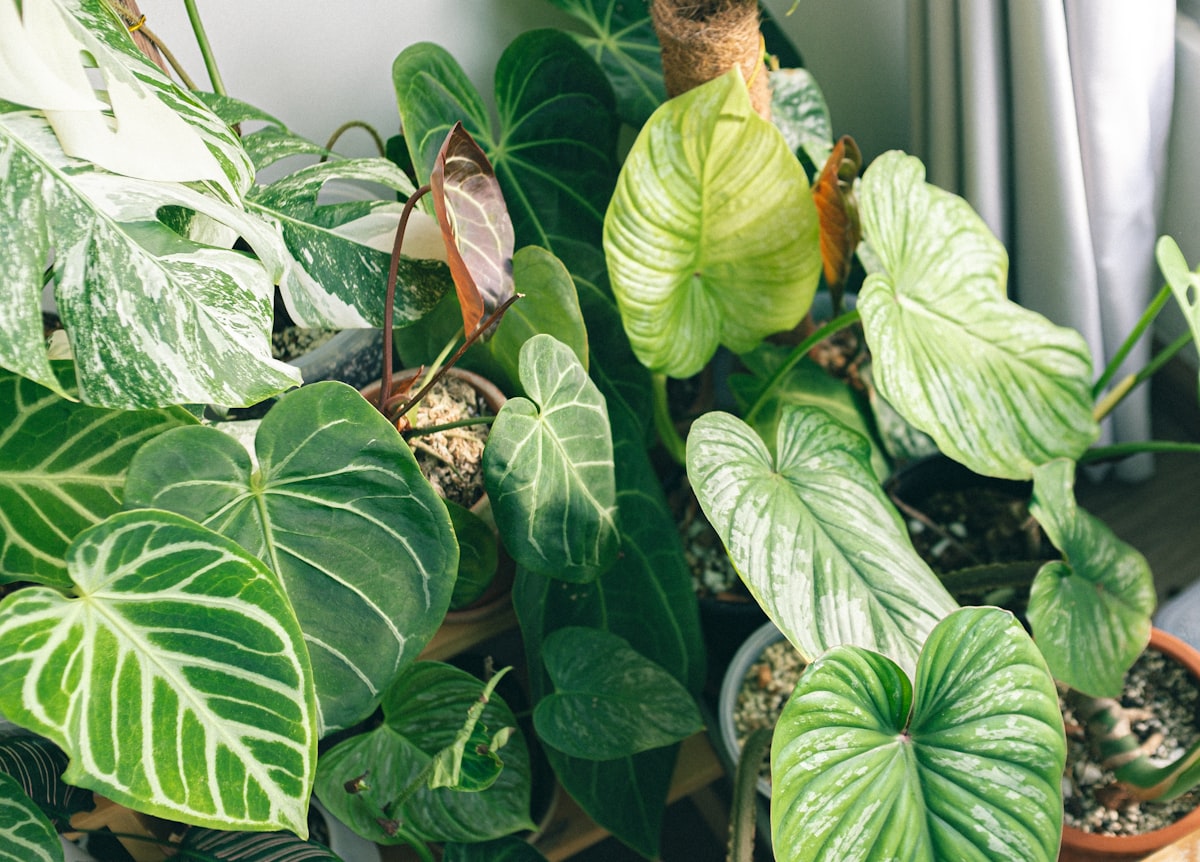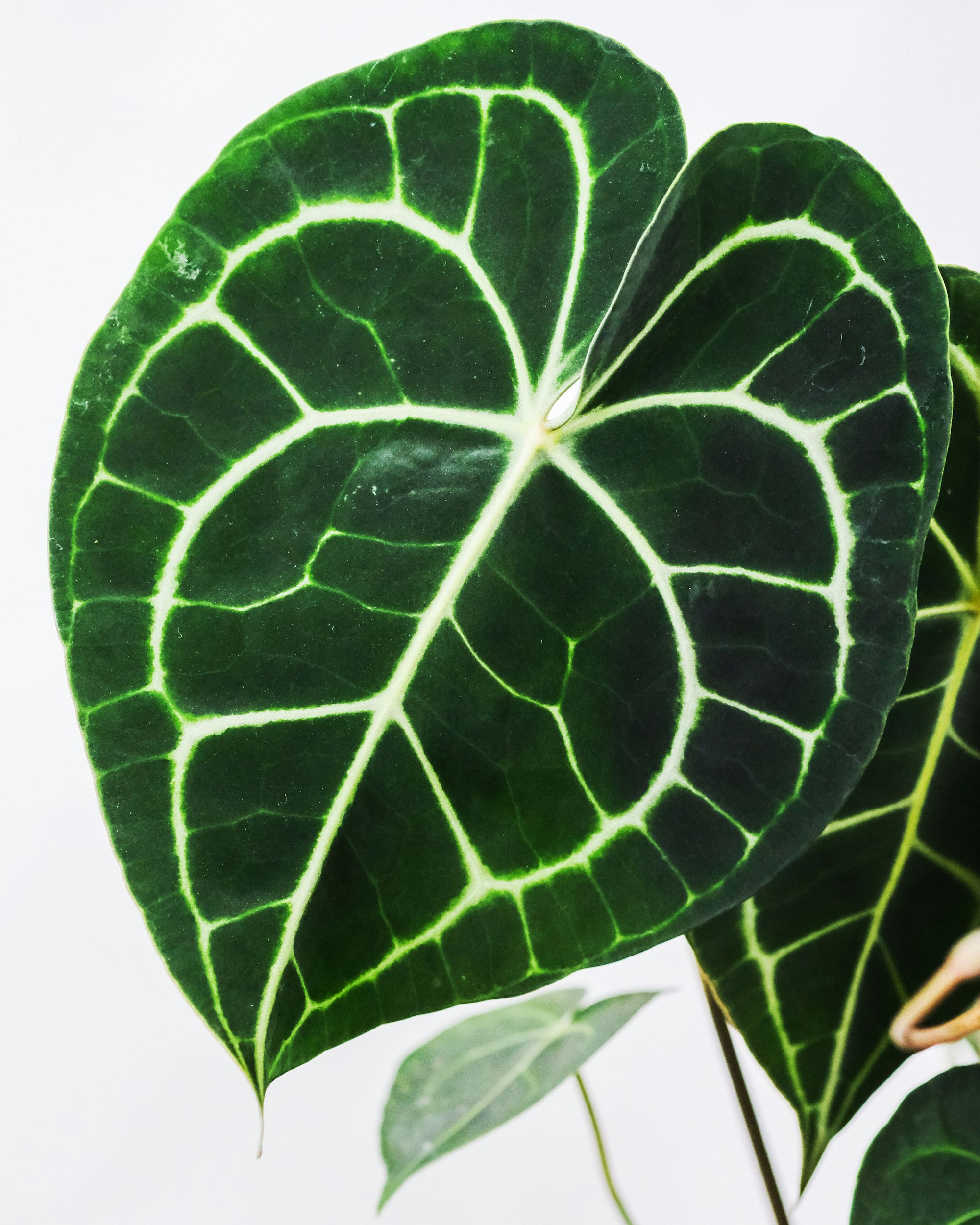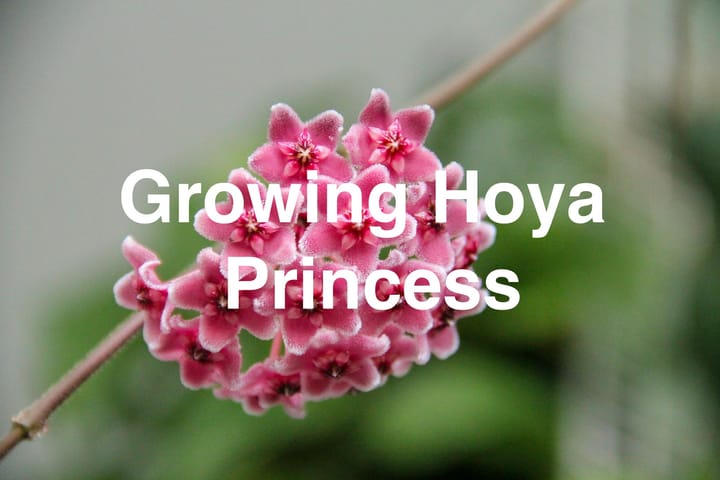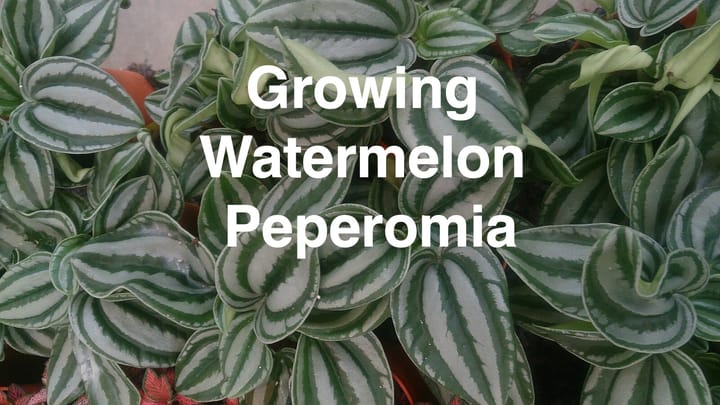How to Grow Anthurium
Anthuriums are a popular tropical houseplant known for their striking, heart-shaped leaves and vibrant red or yellow flowers. These herbaceous plants can add a touch of the tropics to your indoor space, making them an eye-catching choice for houseplant enthusiasts.

Table of Contents
Growing anthuriums can be a rewarding experience as long as you provide the proper care and environment.
To ensure a healthy plant, position your anthurium in a brightly lit area with indirect sunlight and maintain a humid environment.
By following the right care tips, you'll be able to enjoy the beauty of this exotic plant in the comfort of your own home.
About Anthurium Plant
Anthurium, also known as flamingo flower, flamingo lily, or laceleaf, is a genus of around 1,000 perennial plants native to Central America, northern South America, and the Caribbean.
Belonging to the family Araceae, Anthurium andreanum is one of the most popular species grown for its vibrant and long-lasting flowers that come in various colors, such as red, white, and pink.
These eye-catching plants are epiphytes, which means they do not necessarily require soil to grow, as they obtain moisture from the air and nutrients from their host, usually a tree or surrounding dead plant material.
Anthurium makes a perfect houseplant or outdoor plant in tropical regions with hardiness zones 10 or higher, as they do not tolerate frost.
The plant's open heart-shaped flower symbolizes hospitality and inspires happiness and abundance.
Planting Anthurium
Prepare a well-draining soil mix of equal parts perlite, peat moss, and pine bark to grow Anthurium.
Alternatively, you can combine a three-part potting mix with one part coarse material such as orchid bark or lava rock. This will ensure proper drainage for your plant.
Choose a pot with a drainage hole and plant your anthurium cuttings, divisions, or seeds in the soil mix.
Water the plant thoroughly and ensure the anthurium receives enough indirect light, as this plant thrives in bright but not direct sunlight.
With the right care, your anthurium will add a touch of tropical flair to your garden or home.

Caring for Anthurium
Sun and Temperature
Anthurium requires bright, indirect light to thrive. Avoid direct sunlight, as it can cause the leaves to burn.
Maintain a consistent temperature between 65-85°F, ensuring the plant is not exposed to cold drafts or heating vents.
Water and Humidity
Water your Anthurium when the top few inches of soil are dry, but do not allow the plant to sit in soggy soil.
Maintain a high humidity level around the plant by misting or using a humidifier, as Anthurium prefers at least 60% humidity.
Soil and Fertilizer
Provide Anthurium with a well-draining potting mix containing peat moss, perlite, and sand. Feed your plant with a balanced, water-soluble fertilizer rich in phosphorus every 4-6 weeks during the growing season.
Repotting
Repot your Anthurium every 1-2 years as it outgrows its current pot. Use a pot with a drainage hole to prevent root rot, and choose a fresh, well-draining potting mix.
Ensure the new pot is only slightly larger than the root ball.
Pruning and Propagation
Regularly remove spent flowers and yellowing leaves to maintain your plant's appearance.
If your Anthurium develops brown spots on the leaves, prune the affected area.
To propagate, divide the plant during repotting or take stem cuttings, ensuring each section has healthy roots and leaves.
Troubleshooting Plant Problems
Growing Problems
If your Anthurium is experiencing issues with growth, consider factors such as light, temperature, soil, and pot condition.
Ensure the environment is suitable for your plant and adjust as necessary. Leaf burn could be a sign of over-fertilization; if this occurs, reduce the amount of fertilizer you use.
Leaves turning yellow or developing water-soaked lesions might be a symptom of bacterial blight.
To remedy bacterial blight, remove affected leaves and ensure proper watering practices.
Ensure your Anthurium's location has good airflow to reduce the risk of bacterial and fungal infections.
Pests and Diseases
Look for common pests that attack Anthuriums, such as spider mites, mealybugs, aphids, scales, and thrips.
To treat infestations, you can quarantine the affected plant, apply a suitable pesticide, or prune infested areas. Maintaining a clean growing area and inspecting your plant regularly will help prevent future pest issues.
Some diseases that may affect your Anthurium include root rot, black nose disease, and bacterial wilt.
To prevent or treat these, ensure proper watering habits, provide well-draining soil, and maintain good air circulation around the plant.
Anthuriums contain toxic substances, so avoid ingesting parts of the plant and keep them out of reach from children and pets.
Conclusion
In taking care of your Anthurium, remember that it thrives in a warm, tropical environment, as it originates from South America.
Provide the right balance of moisture and well-drained soil while maintaining a humidity level suitable for this tropical houseplant.
Anthuriums are known for their colorful, varied hues, such as orange and purple, which will brighten your indoor space.
Ensure they receive bright light but not direct sunlight to maintain their vibrancy.
With proper care, your tailflower can become a stunning addition to your houseplant collection, bringing a beautiful touch of the tropics to your home.
Frequently Asked Questions
What is the proper watering schedule for Anthuriums?
Water your Anthurium plant thoroughly but infrequently, allowing the top layer of soil to dry out between watering sessions. Monitor the plant's environment to ensure optimal conditions, adjusting your watering schedule as needed for changes in humidity and temperature.
Which type of soil is best for Anthurium plants?
Anthuriums prefer a well-draining soil mix of peat moss, perlite, and pine bark. This soil provides adequate drainage while retaining the necessary moisture for the plant's roots.
How often should Anthuriums be repotted?
Repot your Anthurium plant every two to three years or when you notice the roots becoming pot-bound. Use a slightly larger pot and fresh soil mix to encourage healthy growth and prevent root rot.
What are the common causes of brown leaves in Anthurium plants?
Brown leaves in Anthurium plants can be caused by several factors, including underwatering, overwatering, or exposure to direct sunlight. Assess your plant's environment, adjust your care routine accordingly, and trim away damaged leaves to promote new growth.
How can I propagate Anthuriums effectively?
To propagate Anthuriums, use a sharp, clean-cutting tool to remove a healthy stem with at least one or two leaves from the main plant. After that, you can plant the cutting directly into well-draining soil or place it in a water container for roots to develop before transplanting it into the soil.


